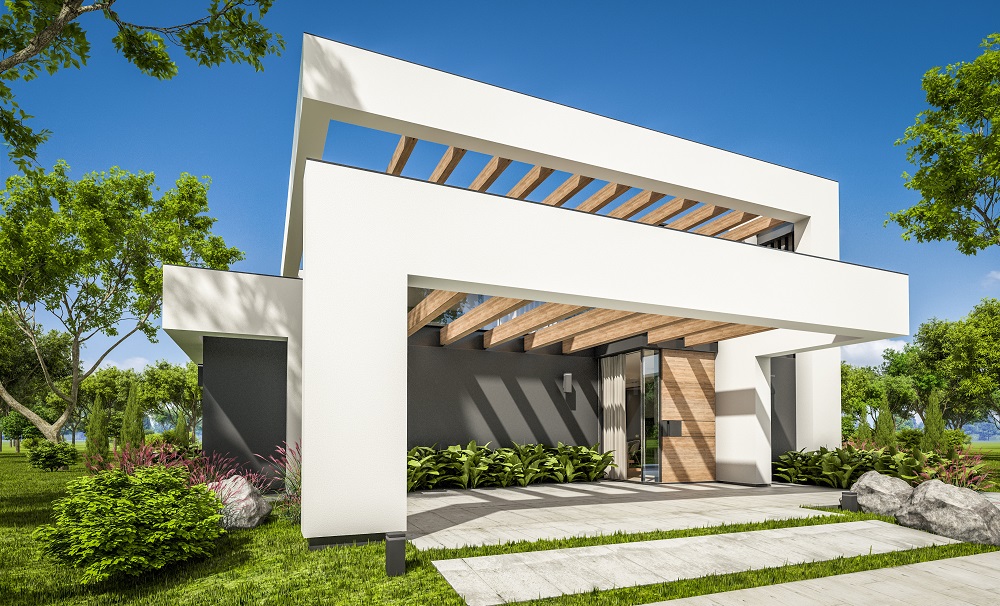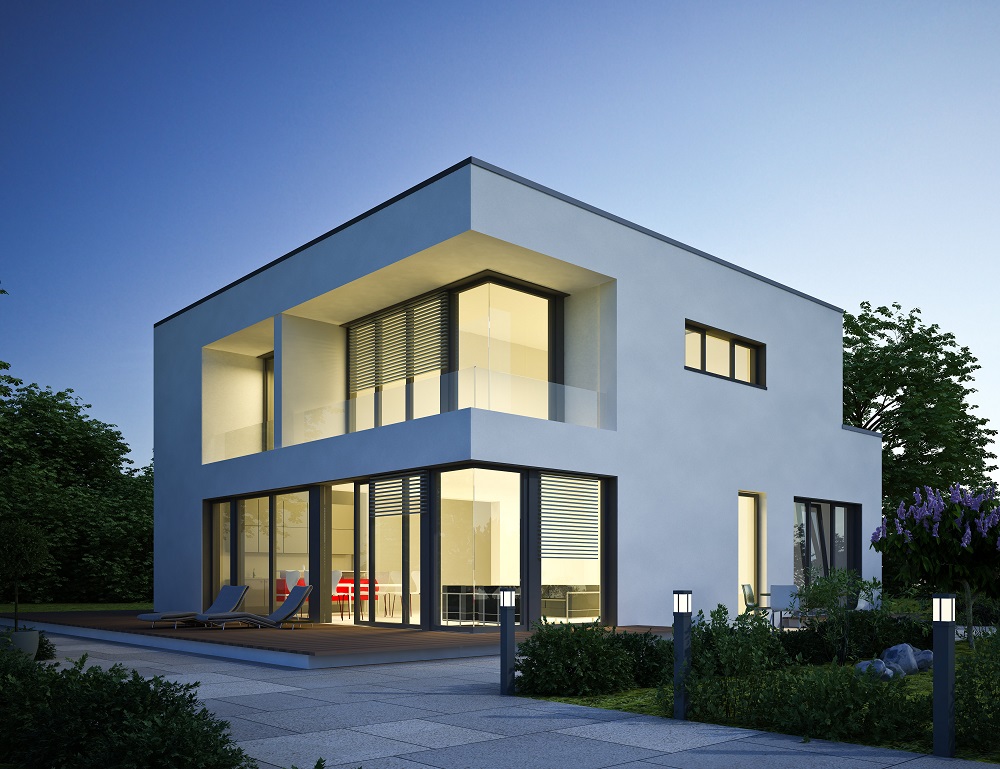As both 3D rendering and photography are widely used in a variety of business sectors, it is sometimes difficult for individuals or members of said sectors to decide on which particular visual procedure to utilize when conducting their task.
Fortunately, 3D rendering and photography may be differentiated in more than a few ways, and as such the decision on which method to use will depend on the particular criteria needed for whatever task or project that is being completed.
The primary difference between 3D Rendering and photography, at least to the client, is the fact that photography is most often conducted in the real world, and only utilizes computers once the image has already been captured.
This is the opposite of 3D rendering, wherein a majority of the work produced is generated within a virtual space, even if real-life photographs may be used as a reference during 3D modeling. Depending on the sector and type of work being performed, this distinction may be a deciding factor on the sort of visual art a corporation may choose.
[lwptoc]
How is Photography Used in Production and Demonstration?

Being an incredibly versatile tool as well as an entirely different form of stand-alone artwork, photography is a mainstay of many different sectors wherein it provides a variety of services pertaining to the capture of a still-frame image through the use of a camera or similar device.
In the architectural sector wherein visual demonstrations and representations of future projects are vital to the function of their work, photography is often used to give clients and engineers an idea of the architect’s vision, facilitating clear and concise communication in an otherwise cerebral profession.
In advertising and marketing work, photography is considered the more traditional method of creating a scene, which is then used to advance the knowledge of a certain brand or product, with marketing agents and advertising executives going as far as creating elaborate productions in order to capture a single photograph that aids in promoting their objective.
As can be extrapolated from this information, photography is a cost-effective method of producing visual works that may be used as content, advertisements, proof of concepts and even artwork.
The Drawbacks of Using Photography
While the benefits to using photography as a visual work generating process are significant, it is not without its own particular set of drawbacks, limiting its use in certain situations where 3D rendering or other visual generating methods would otherwise excel.
In cases where the specific requirements of the project call for visuals that are difficult to capture in ordinary circumstances with a camera or otherwise do not exist in real life, 3D rendering is likely the better candidate for completing the task.
This is doubly so if the project requires the usage of camera angles that may be costly or dangerous to replicate for the photographer, such as aerial shots or photographs from hazardous areas. In these cases, not only is using an alternative method safer, but may even save money.
How is 3D Rendering Used in Production and Demonstration?

Three-dimensional rendering or ‘3D Rendering’, unlike that of photography, is a tool primarily constrained to a virtual workspace or platform, and as such is difficult to replicate in any tangible form in the physical world apart from the usage of printers or similar machines.
That being said, however, 3D rendering is in no way less versatile than photography, and may in fact present even more possibilities for the computer generation of visual works than any real-life photograph could ever capture.
Due to its software based nature, 3D rendering can create complex and visually impressive scenes without the artist ever leaving their office.
This is especially important in projects wherein a scene must be altered or updated in some way, such as the addition of 3D modeled objects or different lighting effects, as photography used in this way would be extremely time consuming and costly.
Additionally, 3D rendering allows a production team or executive to have complete control of an image and its subsequent environmental conditions, with things such as lighting, color and texture all being under the direct control of the rendering artist.
The Drawbacks of Using 3D Rendering
Though it is true that 3D rendering is a highly versatile method of image generation for a variety of purposes and sectors, there are several cons to its usage, and as such it is not always suitable for every single situation or project.
3D rendering is, when performed properly, a costly operation both in terms of money and time, as the creation of photorealistic rendered frames oftentimes requires the use of high power processing machines that take some time to create said photorealistic frame.
As such, 3D rendering is likely to be a higher budget form of visual generation as opposed to photography, especially when at the higher levels of quality.
The costs of 3D rendering aside, this particular method is also unsuitable in the way it is as of yet constrained by contemporary technology and software. Such things as complex human facial expressions, randomized natural phenomena and minute textural accuracy may all be insufficient if using 3D rendering software to facilitate an entire project.
What are the Key Differences Between 3D Rendering and Photography?
While 3D rendering and photography may be difficult to differentiate at first glance if the render is of sufficient enough quality, it is in the method at which these visuals have been generated that make them distinct from one another.
3D rendering, unlike photography, originates from software, and as such is limited only by the imagination of the artist and the processing power of their rendering machine. This is most obvious in fantastical visual generations that are otherwise not possible in real life without the use of highly complex practical effects.
However, this is not to say that photography itself cannot be distinguished from fantastical 3D rendering, as even highly skilled rendering artists with highly advanced software may find it difficult to recreate the natural beauty of many scenes found throughout real life.
Another key difference between photography and 3D rendering is the time in which they may arrive at their end product, with photography being capable of positioning and shooting a scene in mere minutes while 3D rendering may take days of processing in order to reach its final form.
This is due to the hardware limitations involved in processing extremely complex 3D renders, though this may be shortened or negated through the use of specialized technology such as render farms or cloud computing software.
3D rendering, unlike photography, also allows for the creation of highly precise visuals, such as split second phenomena or images from angles that would be otherwise impossible or difficult to recreate using photography.
In the architectural sector for example, this allows the architect to render high-rise buildings from a birds-eye view, something that would only be possible with photography using a high altitude drone or a photographer on an aircraft.
Photography offsets this distinction by being capable of capturing details that a rendering artist may overlook or rendering software may have difficulty in creating, such as the fine texture of clothes at very high resolutions, or even minute changes in facial musculature that may contribute an authenticity to the emotions being displayed therein.
Which is Costlier – 3D Rendering or Photography?
The general rule of receiving the quality of product that you pay for holds especially true in the generation of images for purposes of demonstration and marketing, wherein the level of skill involved often directly relates to the premiums at which a client must compensate these professionals at.
However, 3D rendering is most often found to be the more costly of the two, owing to the fact that it is entirely computer generated and as such comes with requirements such as significant power usage, computer hardware renting fees, temporary software licensing fees and compensation for the rendering artist or firm.
In comparison, the price of professional photography may be somewhat less than that of 3D rendering, despite the fact that individual contractor photographers or photography studios oftentimes utilize highly specialized equipment and years of practice in order to produce the level of quality they are known for.
In the end, the most cost-efficient method to pick will depend on the project itself and the sort of work involved during its production.
Is 3D Rendering Better than Photography for Architecture Projects?
Though this may depend on the nature of the architecture project and the desires of the client, it is generally agreed upon that 3D architectural rendering is an excellent development in computer processing with a multitude of benefits that ordinary photography may not be able to provide.
Among these is having full control of the render itself, allowing the architect or firm to add or remove the structural characteristics of a design as per the wishes of the client. This is not possible with photography for obvious reasons, and as such 3D rendering allows rendering firms to demonstrate possible designs with little to no financial losses.
Apart from the obvious visual implications of using 3D architectural rendering software, specialized programs meant to be used by architectural firms may even ascertain structural or similar problems present within the design before it has even been finalized, potentially saving lives and great amounts of money.
References
1. Manferdini AM, Remondino F. A Review of Reality-Based 3D Model Generation, Segmentation and Web-Based Visualization Methods. International Journal of Heritage in the Digital Era. 2012
2. Berger, J. (Dyer, G. ed.), (2013), Understanding a Photograph, Penguin Classics, London
3. Yuan CHANG, Guo-Ping WANG,
4. A review on image-based rendering, Virtual Reality & Intelligent Hardware, Volume 1, Issue 1, 2019, Pages 39-54, ISSN 2096-5796, https://doi.org/10.3724/SP.J.2096-5796.2018.0004.

